The Purple Heart Plant (Tradescantia pallida) is a stunning plant with vibrant purple foliage, making it a perfect addition to any home or garden. This hardy and easy-to-grow perennial is native to Mexico and Central America. It’s an ideal plant for both experienced gardeners and beginners alike, as it requires minimal care.
In this article, we will explore the different aspects of caring for the Purple Heart Plant, from light requirements to watering and fertilizing needs. We will also cover how to propagate the plant and provide answers to common questions that may arise. With this information in hand, you can be sure your Purple Heart Plant will thrive!
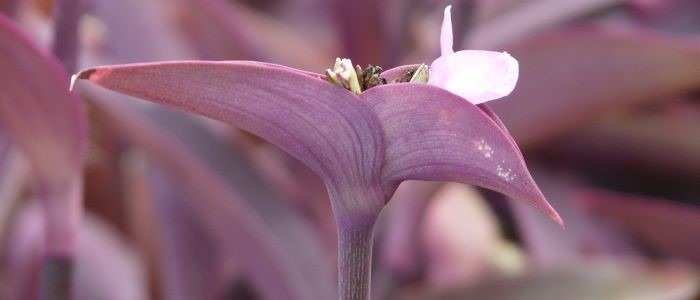
Purple Heart Plant Frequently Asked Questions
Why is the purple heart plant a good choice for hanging baskets?
The purple heart plant, also known as Tradescantia Pallida, is an excellent choice for hanging baskets due to its trailing nature. Its long, slender purple leaves gracefully cascade down the sides of the basket, creating an eye-catching display. Additionally, this resilient plant is drought-tolerant, making it low-maintenance and perfect for those who tend to forget to water their hanging plants regularly.
Is the purple heart plant winter-hardy?
Yes, the purple heart plant is winter-hardy in USDA hardiness zones 8-11. It can tolerate cold temperatures down to 20 degrees Fahrenheit (-6 degrees Celsius) without suffering any damage. However, in colder climates, it is recommended to bring the plant indoors or provide some form of protection during the winter months.
Identifying and Caring for the Purple Heart Plant
Identifying the Purple Heart Plant is an essential part of caring for it. As its name implies, this stunning plant has vibrant purple foliage, making it a popular choice for both indoor and outdoor gardens. The stems of the Purple Heart Plant can reach up to 24″ in length and are usually either purple or reddish-purple. Its pointed, lance-shaped leaves are light green with darker purple stripes. These leaves grow from the stems, along with small white flowers that form in clusters at the end of each stem.
Caring for the Purple Heart Plant (Tradescantia pallida) is an easy task, but requires dedication to ensure it stays healthy and blooming. The most important aspect of caring for this plant is watering. It should be done sparingly, allowing the soil to dry out between waterings. Too much water can cause root rot or other issues, so it’s best not to overdo it. To show off its vibrant colors properly, place the Purple Heart Plant in an area with a few hours of indirect sunlight each daylight requirements for the purple heart plant
Light Requirements for the Purple Heart Plant
The Purple Heart Plant (Tradescantia pallida) thrives in bright, indirect sunlight. It should be placed in an area that receives at least four hours of direct sunlight per day, but not so much that it will scorch the leaves. If possible, try to place it near an east- or west-facing window for optimal lighting conditions.
If your plant isn’t receiving enough light, its leaves will begin to lose their color and become a washed out greenish-yellow hue. To help revive the plant, move it to a brighter location and increase the amount of time it spends in direct sunlight each day. If it is receiving too much direct sunlight, its leaves may turn brown or even black from sunburns – if this happens, move your plant to a less sunny spot immediately.
Although the Purple Heart Plant prefers plenty of brightness, it can also tolerate lower light levels with slower growth rates as long as its needs are met otherwise. In these cases, ensure that you water and fertilize regularly and use a potting mix with excellent drainage capabilities. You can also add artificial lighting if necessary to supplement natural light levels during winter months when daylight hours are shorter.
No matter where you decide to position your Purple Heart Plant, make sure you monitor its progress closely and adjust accordingly if needed – this way you’ll be sure to keep your beautiful houseplant healthy and vibrant!
Soil Requirements for the Purple Heart Plant
The Purple Heart Plant (Tradescantia pallida) requires well-draining soil with a slightly acidic pH level for optimal growth. The ideal pH range is between 6.2 and 7.0, but some varieties may be tolerant of slightly higher or lower pH levels. It’s best to test the soil in your garden or potting containers before planting the Purple Heart Plant to ensure the right balance of nutrients and drainage. If you need to adjust the pH level, adding organic material such as composted manure or peat moss can help bring it back into balance.
When choosing a potting mix for container growing, look for one that contains ingredients such as peat moss, composted bark, perlite, and vermiculite. These components create a loose soil structure that will allow excess water to drain away from the roots quickly while also allowing oxygen to penetrate deeper down into the plant’s root system. Make sure you avoid soils with high clay content as this can cause waterlogging and impede drainage.
Maintaining adequate moisture levels in the soil is key to keeping your Purple Heart Plant healthy and vibrant. Adding a layer of mulch or compost over the top of your potting mix can help retain moisture during hot summer months and protect against drastic temperature fluctuations that could damage tender roots. Furthermore, mulching around your plants helps prevent weeds from taking over and competing with your plant for resources like sunlight, nutrients, and water.
In summary, providing your Purple Heart Plant (Tradescantia pallida) with well-draining soil at the correct pH level is essential for its health and vitality. Test existing soil before planting if possible or choose an appropriate potting mix for container gardening; add mulch or compost on top to help maintain moisture; and use it to suppress weeds too! With these tips in mind you should have no trouble growing a beautiful Purple Heart Plant in no time!
Watering and Fertilizing the Purple Heart Plant
In order to adequately care for a Purple Heart Plant (Tradescantia pallida), it is important to monitor both light exposure and soil pH levels. Proper watering and fertilizer techniques are also necessary for optimal growth.
For fertilizing, the best option is to use a water-soluble fertilizer with a balanced nitrogen-phosphorus-potassium (N-P-K) ratio. When applying the fertilizer, it should be done lightly with an even distribution around the root system. During spring to fall months, fertilize once every two months; during winter months reduce or suspend fertilization entirely.
When watering your Purple Heart Plant, make sure the soil is thoroughly saturated until water comes out of the drainage holes at the bottom of the pot. Allowing excess water to drain away will help prevent overwatering and root rot. To check if your plant needs more moisture observe its leaves – they should appear shiny and vibrant; when dull and limp it’s time for more water! Mist leaves lightly every few days using lukewarm water or wipe them down with a damp cloth as needed.
Finally, pH levels must be kept in balance in order for your plant to thrive. Aim for a slightly acidic level between 5.5 – 6.5 and adjust as needed by adding lime or acidifying agents such as vinegar or sulfur powder in small amounts until desired results are achieved.
With proper maintenance that includes monitoring light exposure, soil pH levels, appropriate watering techniques and correct fertilization practices your Purple Heart Plant will stay healthy and vibrant!
How to propagate The Purple Heart Plant
Propagating the Purple Heart Plant (Tradescantia pallida) is a relatively easy process that will allow you to enjoy more of this unique and beautiful plant. The best way to propagate it is through stem cuttings. When selecting a stem, pick one with at least two sets of leaves and cut it at a 45 degree angle, about 1/4 inch below the lowest set of leaves. This cutting can then be planted in loose soil rich with organic compost or fertilizer, and kept moist at all times. If needed, the stem can be tied to a stake for support as it begins to grow roots.
The cutting should take root within two weeks and start to show signs of growth shortly thereafter. Once the new leaves are visible on the stem, begin fertilizing with an organic liquid fertilizer every two weeks during its growing season from April until September. To ensure successful propagation, keep an eye on your plant’s moisture levels and monitor light exposure; too much direct sunlight can cause sunburns and turn the leaves brown or black.
When propagating multiple plants, make sure they are spaced out evenly so there is enough room for them to grow without crowding each other out. Additionally, avoid planting them too close together as this increases competition for resources such as water and light, which can weaken the health of your plants over time. With proper care and maintenance, readers should have no trouble propagating their own Purple Heart Plant!
Common Problems and troubleshooting tips for the Purple Heart Plant
Understanding the common problems and troubleshooting them is an important part of caring for a Purple Heart Plant (Tradescantia pallida). Knowing the signs of distress, how to control pests, and when to adjust water, light, and fertilizer levels can be the difference between a healthy plant and one that is struggling. Here are some common questions about Purple Heart Plant care and troubleshooting tips to help keep your plant healthy and vibrant.
How do I know if my Purple Heart Plant is getting too much or too little water? If the soil remains soggy for extended periods of time, then it’s likely that you’re overwatering. Alternatively, if the leaves begin wilting or yellowing then this could be a sign that you need to increase watering frequency. With both scenarios it is always best to double-check with a soil moisture meter before making any adjustments.
What are signs of nutrient deficiency in a Purple Heart Plant? Nutrient deficiencies can manifest themselves in many ways; from brown spots on leaves to slow growth rates or yellowing foliage. To avoid these issues it is important to use fertilizers with balanced N-P-K ratios at regular intervals throughout the growing season. However, if you do notice any signs of deficiency then it may be worth adjusting your fertilizing schedule accordingly.
What should I do if there is an infestation of mealybugs on my Purple Heart Plant? Mealybugs are small white insects found on plants where they feed off sap from stems and leaves. To get rid of them, try using a cotton swab dipped in rubbing alcohol to remove them manually or use insecticidal soap as a more long-term solution. Additionally, introducing beneficial predators such as ladybird beetles can help manage mealybug populations in the future.
My leaves are wilting or turning yellow – what should I do? Wilting and yellowing leaves can indicate several issues; from excessive sunlight exposure to lack of nutrients or improper watering schedules. The best way to diagnose the problem is by examining each leaf carefully for any evidence such as discoloration or damage caused by pests. Once identified, take steps such as adjusting light levels or increasing fertilization frequency depending on the cause of distress.
What are some common pests that attack Purple Heart Plants? Slugs, aphids, thrips and spider mites are all common pests that attack Tradescantia pallida plants so keep an eye out for any signs of infestation such as webbing on stems or discolored patches on leaves which could indicate mite activity. If spotted early enough then manual removal may suffice but otherwise spraying with insecticidal soap should take care of most pest problems quickly and effectively.
With these common questions answered and troubleshooting tips provided readers should have all they need to successfully grow their very own purple heart plant (Tradescantia pallida). Keep monitoring soil moisture levels, adjust light exposure accordingly, apply fertilizer regularly during growing season – following these simple steps will ensure your plant stays healthy for years to come!
Conclusion
The Purple Heart Plant (Tradescantia pallida) is a beautiful and easy-to-care for plant that can make a great addition to any home or office. In order to keep it healthy and vibrant, it is important to understand the proper care that this plant requires. This includes providing the right amount of light and soil with the correct pH levels, fertilizing regularly, adequately watering, and propagating the plant correctly. Additionally, readers should be aware of common issues such as nutrient deficiencies or pests so they can identify problems quickly and take steps to address them.
Taking care of a Purple Heart Plant is not complicated but does require some knowledge and attention in order to keep it looking its best. With this blog post, readers have all the information they need to successfully grow their own Purple Heart Plant and keep it healthy for years to come. Finally, if readers have further questions or comments about their own experiences with this plant, they are encouraged to reach out with them in order to gain more insight on how best to care for their particular situation.


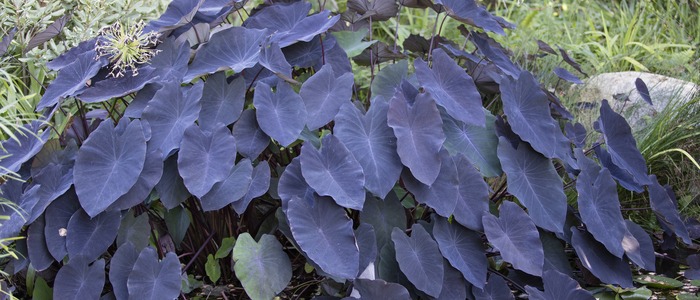

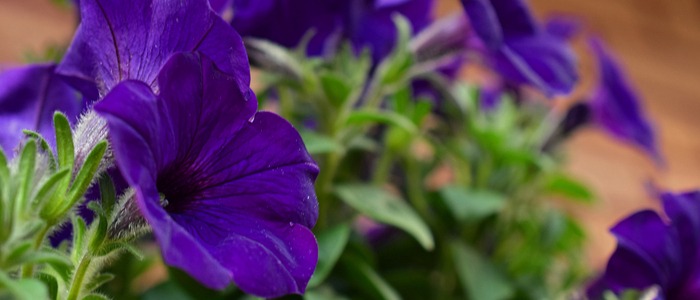
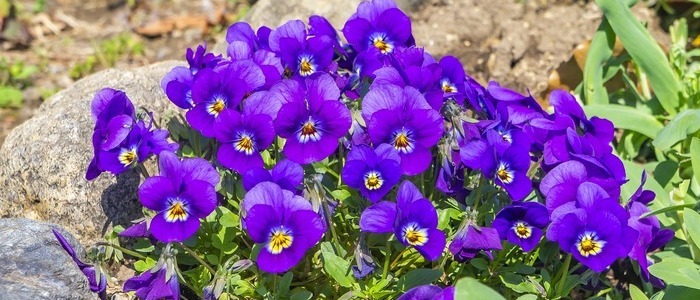



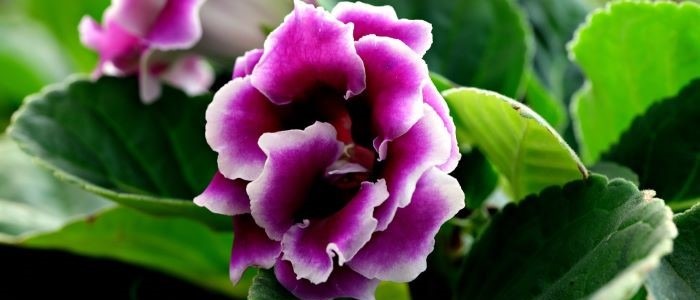
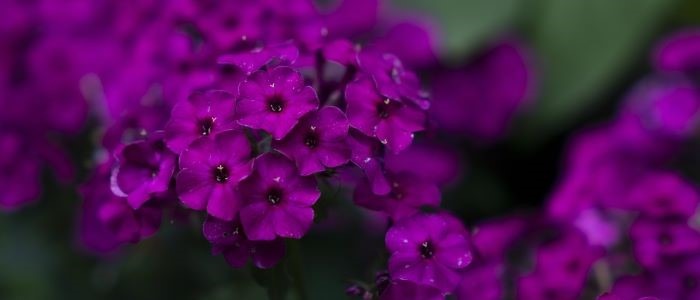

Purple Gloxinia
Purple Verbena Plant
Butterfly Bush

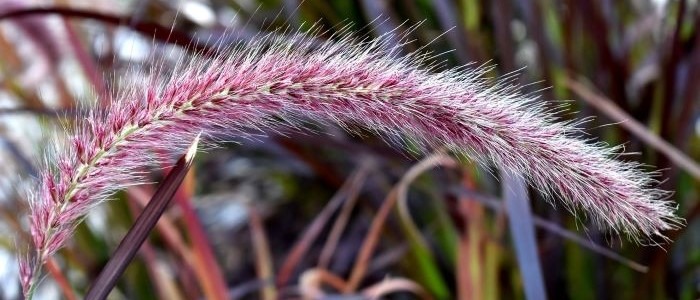
Echeveria Purple Pearl
Purple Fountain Grass